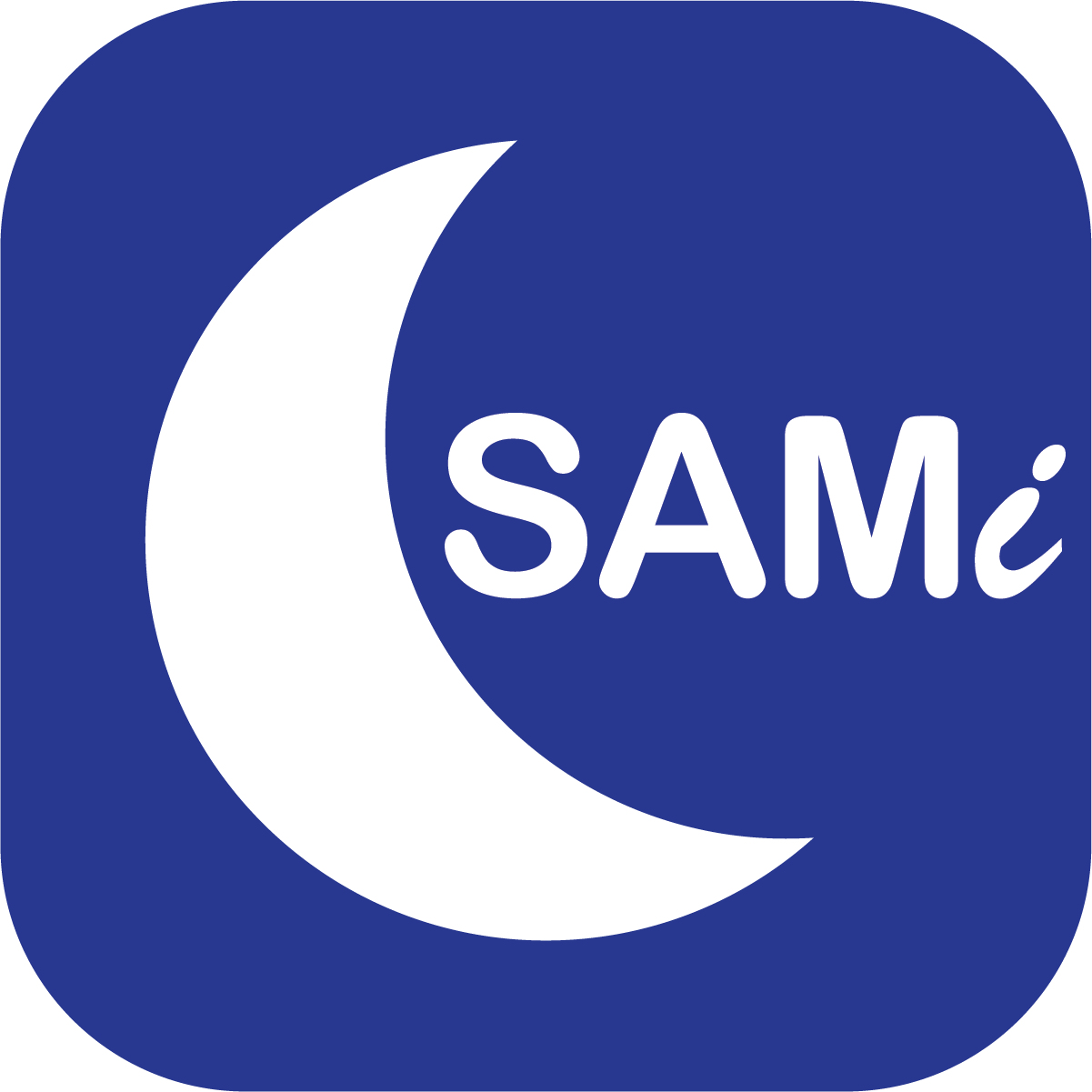What is epileptic encephalopathy with continuous spike and wave during sleep?
This epilepsy is also known as CSWS or epilepsy with continuous spike-wave during slow wave sleep.
- This syndrome is a very rare form of epilepsy, affecting 1 out of 200 (0.5%) children with epilepsy.
- CSWS may start in children between 2 and 12 years of age, most often between 4 and 5 years of age.
- Children can be developing normally before the onset of CSWS.
- Boys seem to be affected more often than girls.
- The cause of CSWS is often found to be brain malformations (when an area of brain forms differently at birth), genetic variant, or metabolic conditions.
Seizures begin first, followed by a slow cognitive decline that often is not noticed by caregivers at first. Types of cognitive problems depend on where abnormalities are found in the brain.
- If an electroencephalogram (EEG) shows abnormalities in the frontal lobes, behavioral problems, such as attention deficit hyperactivity disorder (ADHD), aggression, or impulsivity, are more common.
- If abnormalities are more commonly seen on an EEG in the posterior region of the brain (back of the head), language or other cognitive abilities may be impaired.
What do seizures in this syndrome look like?
- The most common seizure type seen in CSWS is focal motor seizure (only one part of the body is affected).
- Focal seizures can progress to affect both sides of the brain. When this happens, the seizure is called a bilateral seizure and looks like tonic-clonic seizures or convulsions.
- Other seizure types include absence (staring), atypical absence, and atonic (drop attack) seizures.
- Seizures usually happen during sleep.
Is epileptic encephalopathy with continuous spike and wave during sleep inherited?
- The cause of CSWS is unknown. New (de novo) genetic mutations (changes in how genes work) have been found in some children. A gene called GRIN2A has been associated with this epilepsy.
- A family history of seizures or epilepsy is usually not seen.
How is this syndrome diagnosed?
- Doctors diagnose CSWS after taking a thorough history with a description of all seizure types and of the child’s development and behavior.
- Find forms to help you describe seizures in our Toolbox.
- An EEG (electroencephalogram) is needed to diagnose CSWS.
- In many instances, a prolonged EEG that includes sleep or video EEG (overnight admission to the hospital) is also needed.
- The EEG in children with this epilepsy syndrome is abnormal, especially as they enter sleep.
- The spike discharges seen in CSWS tend to become much more frequent during sleep as compared to wakefulness.
- Almost continuous slow-spike-wave is seen during the slow sleep cycle. Your physician might use the term ESES, which stands for electrical status epilepticus during slow sleep.
- These EEG changes may happen in more than 85% of the child’s sleep time. The EEG changes improve during the REM sleep cycle.
- Genetic and metabolic tests may be ordered.
- MRI (magnetic resonance imaging) scans can be normal, but they are needed to see if a structural problem in the brain is present.
How is epileptic encephalopathy with continuous spike and wave during sleep treated?
Seizures in children with CSWS are treated with anti-seizure medications. In rare instances, surgery may be recommended.
- Medications often used are steroids or high dose diazepam at night. Other medications that have been used to treat this epilepsy syndrome include clobazam (Onfi), ethosuximide (Zarontin), valporic acid (Depakote/Depakene), acetazolamide (Diamox), and levetiracetam (Keppra). Often, more than one medicine is used at once.
- Medications can be used together or by themselves, depending on what works for each child.
- If seizures persist despite medication, a surgery called multiple subpial transections may be done. This type of surgery makes multiple small cuts in the brain cortex where the seizures begin.
- If a brain abnormality is present in a child with CSWS, a resective brain surgery can be considered.
What is the outlook for people with this syndrome?
- Children may be developing normally when seizures first start. A progressive decline in cognitive and behavioral functioning starts up to 1-2 years later.
- Children with CSWS may improve during the teenage years. Seizures often improve or stop and cognitive and behavioral functioning may get better.
- While cognitive and behavioral functioning may improve, rarely do children return to normal functioning and can be left with severe impairment.
- For some children, the abnormalities on EEG may continue into the adult years.
https://www.epilepsy.com/what-is-epilepsy/syndromes/epileptic-encephalopathy-continuous-spike-and-wave-during-sleep#What-do-seizures-in-this-syndrome-look-like?


